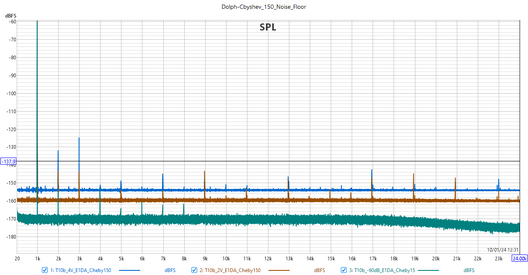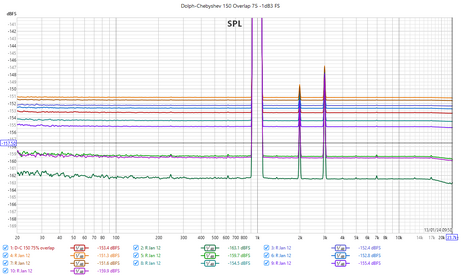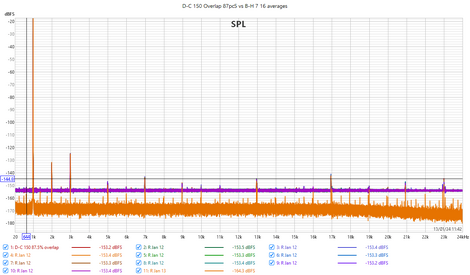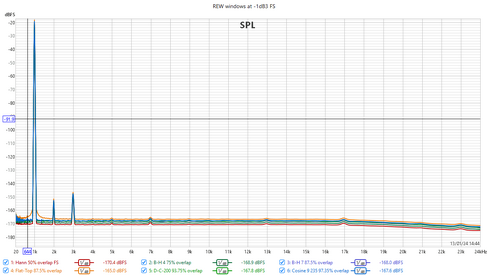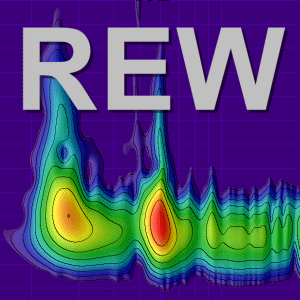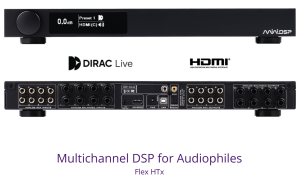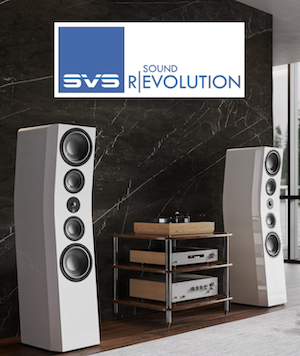Braca
Registered
Thread Starter
- Joined
- Dec 16, 2019
- Posts
- 9
More
- Preamp, Processor or Receiver
- Self-built
- Main Amp
- Hypex UcD180HG
- Universal / Blu-ray / CD Player
- Oppo BD105D
- Streaming Subscriptions
- Thorens TD125 Mk. II
- Front Speakers
- Nubert NuLine 32
When testing a Topping D10b DAC at different output voltages in loopback with a Cosmos E1DA ADC I noticed that the spectral noise floor of the Dolph-Chebyshev 150 window varies with the signal amplitude.
Both the noise level and its variance, i.e the line thickness, are affected.
No other in-built spectral window displays such behaviour.
The spectra in the attachment were obtained at the respective levels of -1.26, -7.28, and -60dBFS (top to bottom), FFT 512k, overlap 87.5%, 64 averages.
Both the noise level and its variance, i.e the line thickness, are affected.
No other in-built spectral window displays such behaviour.
The spectra in the attachment were obtained at the respective levels of -1.26, -7.28, and -60dBFS (top to bottom), FFT 512k, overlap 87.5%, 64 averages.








